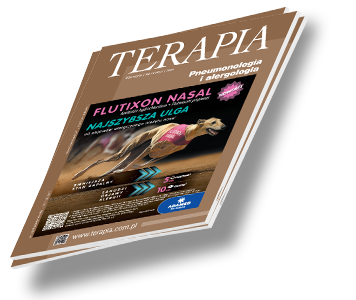Pediatria Terapia 2024, 2 ( 433 ) : 87 - 93
Ostre zatrzymanie moczu u dzieci
Acute urinary retention in children
Ostre zatrzymanie moczu (OZM) definiowane jest jako niemożność oddania moczu, nawet wówczas, gdy jego ilość przekracza maksymalną czynnościową objętość pęcherza. Za kryterium rozpoznania u dzieci przyjmuje się brak diurezy powyżej 12 godzin oraz objętość moczu większą niż przewidywana norma dla wieku, obliczana według wzoru: (wiek w latach + 2) × 30 w ml lub też macalny pęcherz moczowy nad spojeniem łonowym (1,2).

Zaloguj się i przeczytaj bezpłatnie całą treść artykułu.
Nie masz jeszcze konta dostępowego?
Zarejestruj się bezpłatnie, a otrzymasz:
* dostęp do wszystkich doniesień oraz pełnych tekstów artykułów naukowych w naszej Czytelni,
* prawo do bezpłatnego otrzymywania newslettera "Aktualności TERAPIA" z przeglądem interesujących i przydatnych wiadomości ze świata medycyny oraz systemu ochrony zdrowia w Polsce i na świecie,
* możliwość komentowania bieżących wydarzeń oraz udziału w ciekawych quizach i konkursach.
Zapraszamy serdecznie, dołącz do naszej społeczności.



Dodaj komentarz